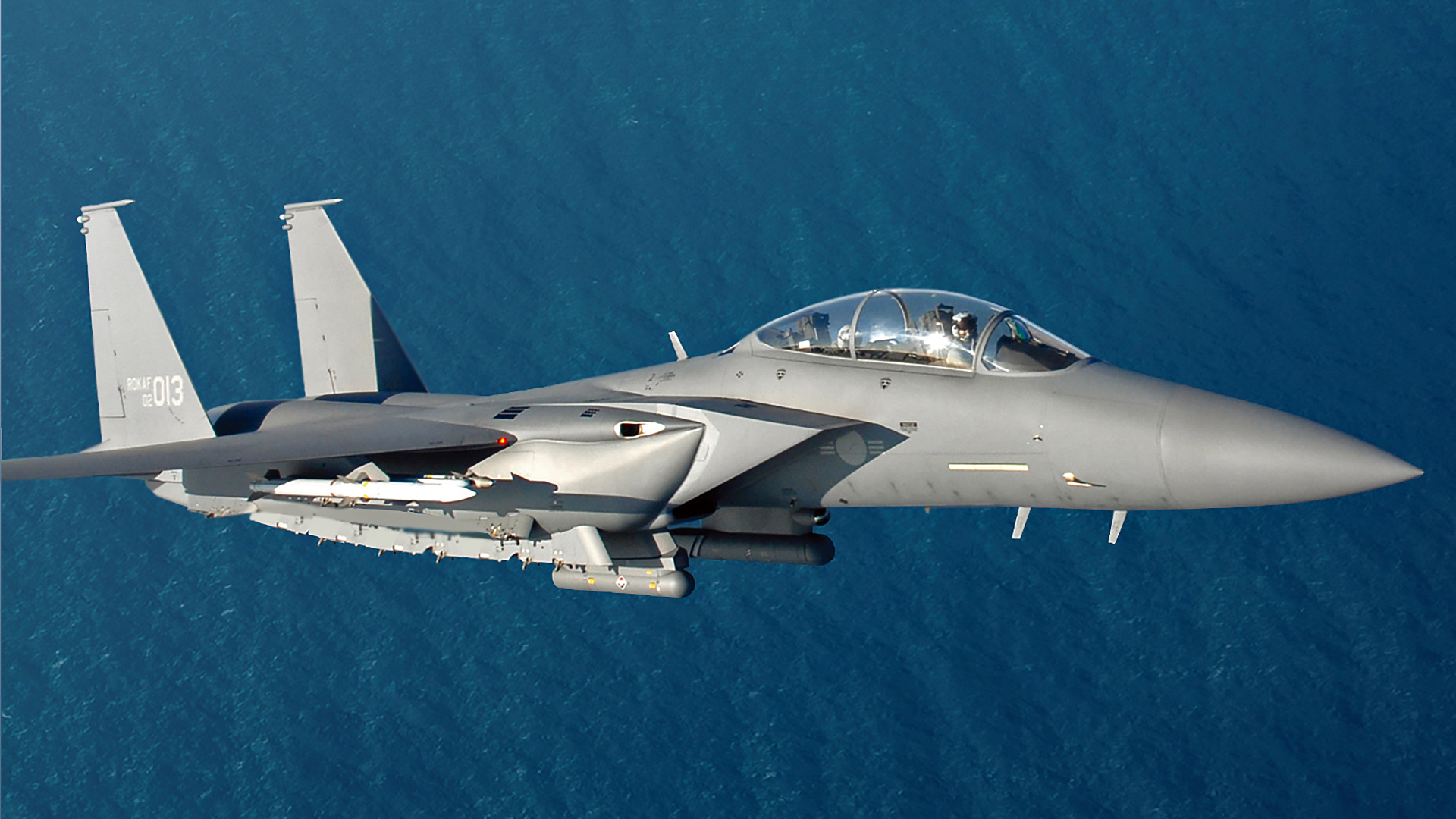Seoul has approved major projects to upgrade its existing F-15K Slam Eagle fighter jets, and to buy additional refueling tankers. The move comes as South Korea seeks to bolster its armed forces to counter the growing North Korean threat. As part of this effort, South Korea’s air force is set to be a major beneficiary, and approval for the plans comes just two days after the first North Korean cross-border drone intrusion in five years — which you can read more about here.
South Korea’s Defense Acquisition Program Administration, or DAPA, which is responsible for defense acquisition, announced yesterday that the F-15K upgrade and the new tankers had been approved, in a significant boost to the Republic of Korea Air Force, or ROKAF.
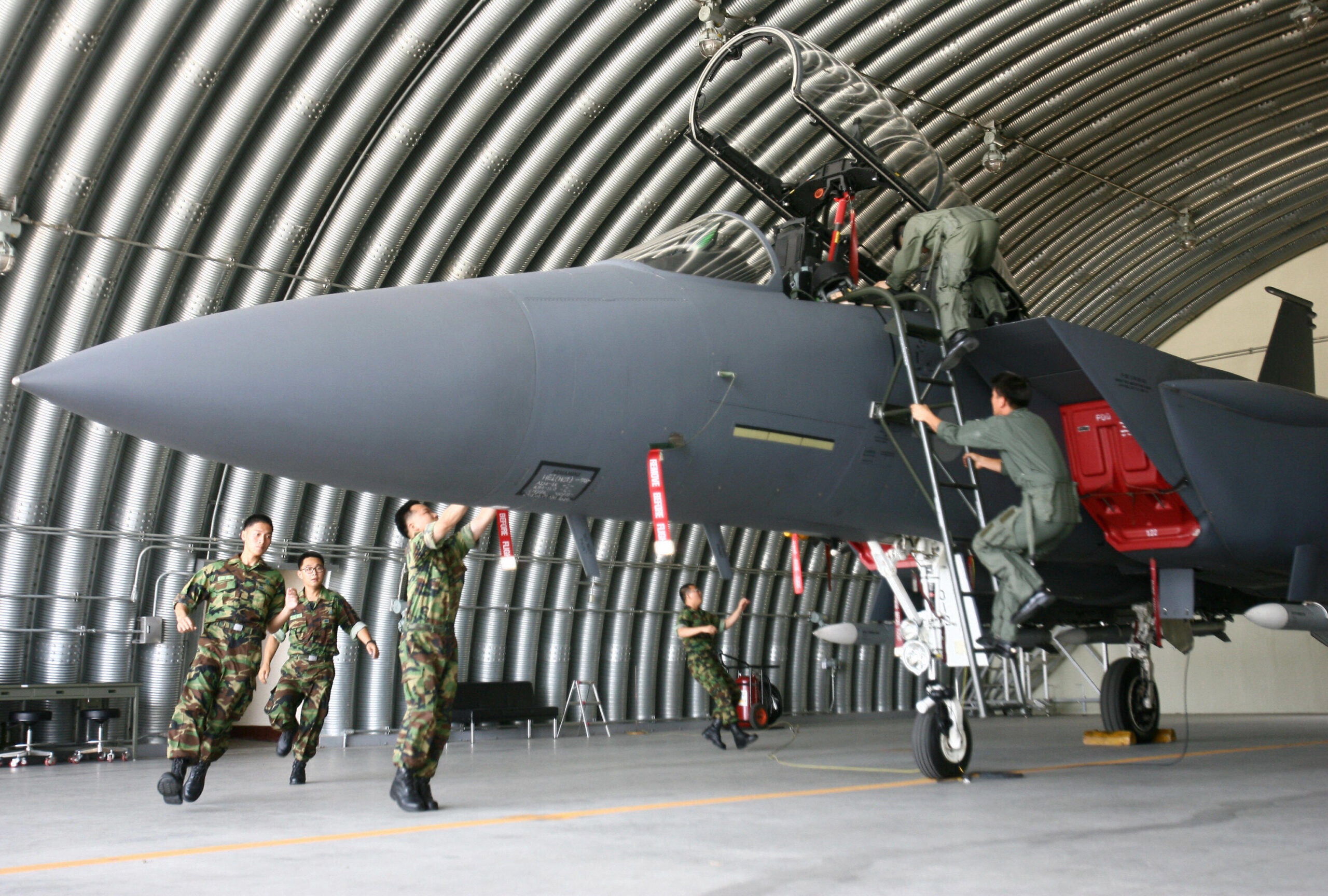
Valued at $2.73 billion, the F-15 modernization was signed off by the government’s Defense Project Promotion Committee. DAPA says that the upgrade will “strengthen the mission capabilities and survivability” of the jets and will run between 2024 and 2034.
Central to the F-15 upgrade will be the introduction of a new active electronically scanned array (AESA) radar, replacing the Raytheon AN/APG-63(V)1 currently used. There are a few different AESA options currently available, including the APG-63(V)3 that’s been retrofitted to U.S. Air Force F-15C/Ds and which was also chosen by Singapore and Saudi Arabia. Then there is the AN/APG-82(V)1 that goes into upgraded U.S. Air Force F-15Es, the new F-15EX, and which has also been selected by Japan for its F-15J Japanese Super Interceptor modernization package, among others. You can read about all these radars and their capabilities here, but suffice to say, an AESA set will bring a host of advantages, including in relation to range, fidelity, fast-scanning ability, reliability, electronic warfare, and resistance to countermeasures.
Most importantly, it will be critical for spotting low-flying and low-radar-cross-section targets like cruise missiles and drones. This ability was the primary driver behind the U.S. Air National Guard upgrading its F-15C/Ds and now its F-16s with AESA radar sets for the homeland defense role. The threat of both North Korean drones and cruise missiles is growing with a major drone incursion occurring just this week, the first time in five years.

Far less likely, but also a possibility would be installing the radar that’s being locally developed for Seoul’s new-generation fighter, the homegrown KF-21 Boramae. This is also an AESA radar, from Hanwha Systems.
The upgrade will also address the fighter’s integrated electronic warfare equipment, which currently includes the AN/ALR-56 radar warning receiver and AN/ALQ-135 jammer. The Japanese ‘Super Interceptor’ upgrade includes BAE Systems’ AN/ALQ-239 Digital Electronic Warfare System (DEWS) and the same company also produces the Eagle Passive/Active Warning Survivability System, or EPAWSS, used in upgraded U.S. Air Force F-15Es and the F-15EX.

The upgraded Slam Eagles will also receive a new mission computer; the Honeywell Advanced Display Core Processor (ADCP) is currently used in the F-15K.
Although there is no mention of new weaponry at this point, that’s certainly a possibility, cockpit displays, and the JHMCS II helmet-mounted sight.
Investing heavily in the F-15 fleet makes a lot of sense for Seoul, especially with plenty of life left on the jets, which average only a little more than 14 years old. Initially acquired under the F-X program launched in the mid-1990s, the first of 61 were formally introduced to service in late 2005. The type remains very much at the spearhead of the ROKAF’s combat fleet. While a multirole asset, the F-15K version is well equipped for long-range strike missions against North Korean targets, including hardened ones. Its Slam Eagle name reflects the ability to carry AGM-84H SLAM-ER standoff cruise missiles, while the Taurus KEPD 350K is another weapon option in the same category.
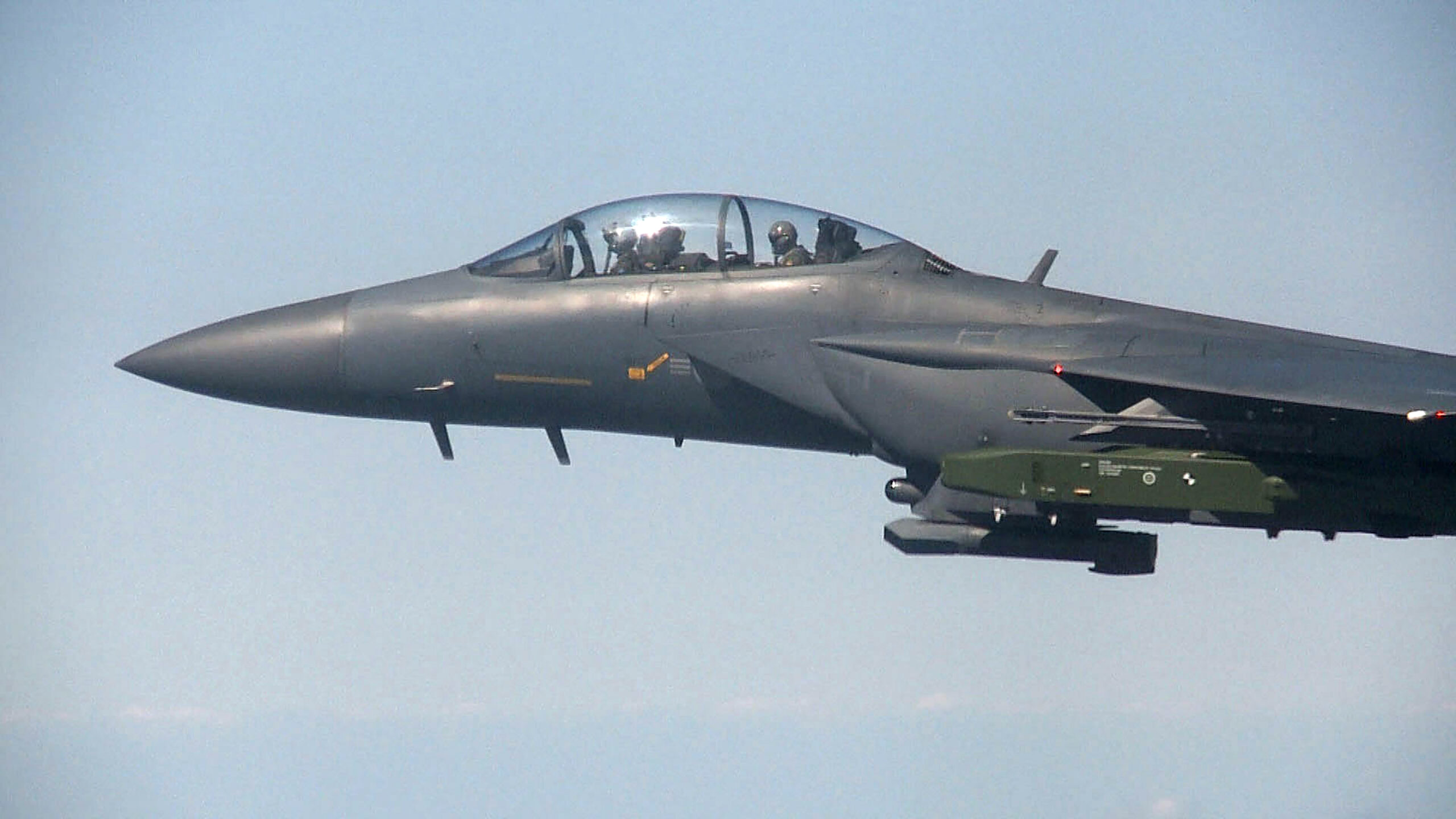
SLAM-ER is a tremendously precise cruise missile that has stealthy features and can reliably hit targets even in complex littoral environments. It has a range of around 170 miles and can be controlled via a two-way datalink from the launching aircraft, pinpointing its impact point dynamically, or it can work autonomously.

The F-15K is also especially valued for its ability to carry the GBU-28/B Paveway III laser-guided bomb, just one part of its prodigious weapons-carrying capability, unmatched in the ROKAF. Weighing 4,700 pounds, the penetrating GBU-28/B ‘bunker buster’ would likely be used against hardened shelters and caves housing North Korean missiles, aircraft, and nuclear facilities, as well as underground command posts, including those used by its leaders. The strategic value of this weapon (and by virtue also the F-15K) has been made clear by DAPA in the past, with one official stating:
“The deployment of GBU-28s will significantly improve the country’s deterrence against North Korea’s weapons of mass destruction.”
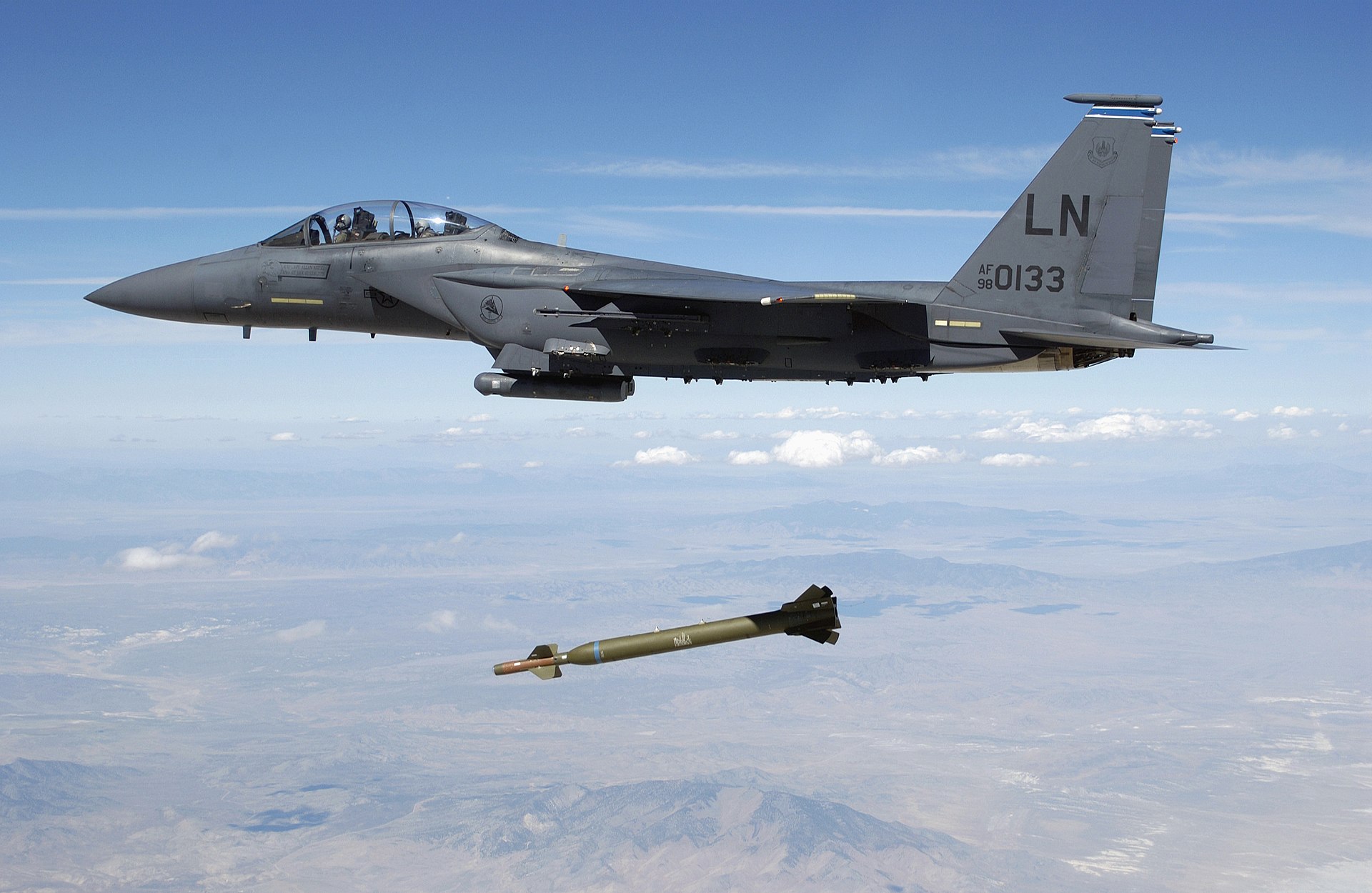
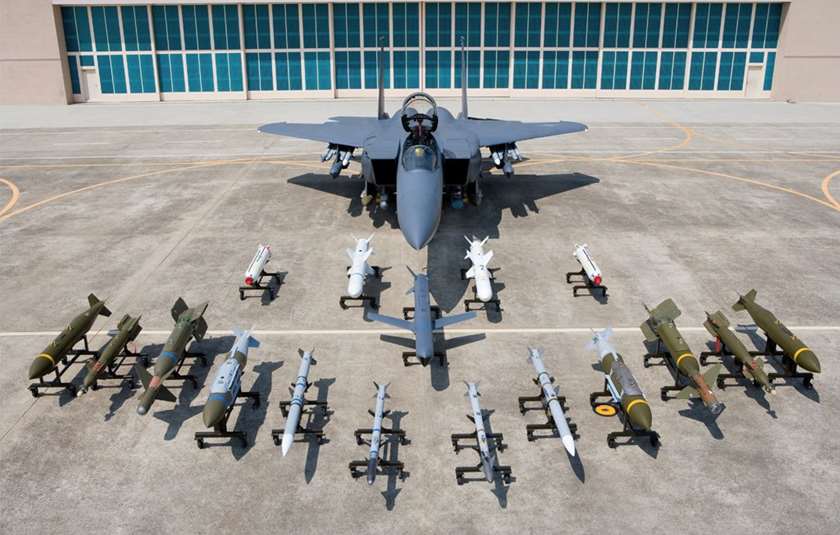
F-15Ks have also been at the forefront during responses to recent provocations from the North. In October, it was reported that around 30 ROKAF fighter jets — including F-15Ks — were scrambled in response to apparent air-to-surface firing exercises flown by North Korean warplanes, on the other side of the border. This was a greater number of ROKAF jets than are typically involved in such incidents. F-15Ks were also used in a widely publicized live-fire drill the same month. Here, two bunker-busting Joint Direct Attack Munitions (JDAMs) were dropped in direct response to North Korea’s launch of an intermediate-range ballistic missile (IRBM) over Japan.
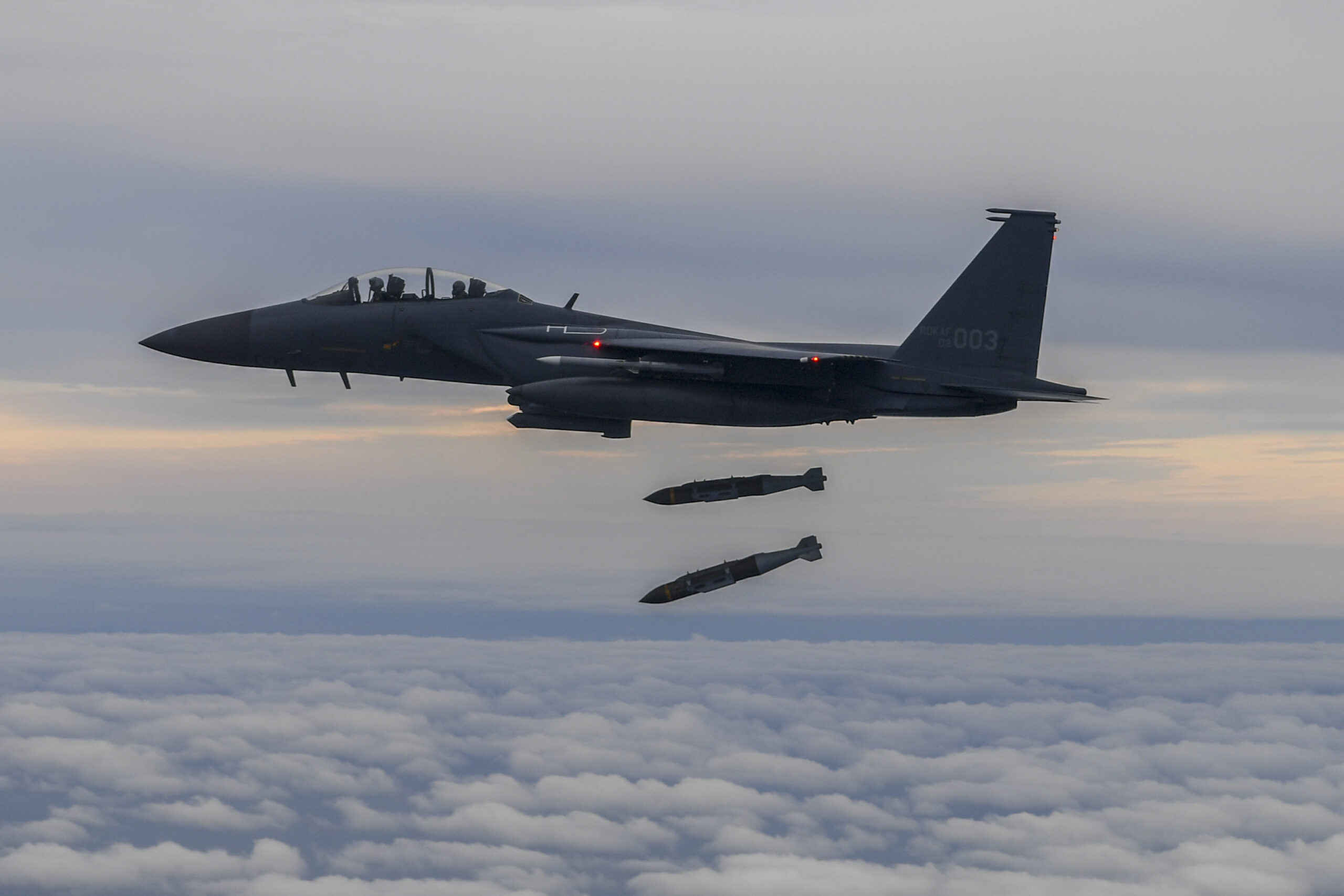
Since the arrival of the F-15K, however, Seoul has also invested in 40 F-35A stealth fighters and is busy working on the KF-21 Boramae program, with plans to induct at least 120 of the home-grown next-generation fighters.
Another upgrade program is already underway for the ROKAF’s most numerous fighter jet, the F-16C/D, around 130 of which are being brought up to F-16V standard, at a cost of around $1.2 billion. This modernization also features an AESA radar, Northrop Grumman’s AN/APG-83 Scalable Agile Beam Radar (SABR), as well as improved cockpit displays and mission computers. The upgrade work is expected to be completed by around 2025.

Meanwhile, the $948-million tanker plan that’s been approved will lead to the acquisition of reportedly two new refueling jets between 2024 and 2029.
The type of tanker has yet to be formally decided. The most likely candidates are the Boeing KC-46 Pegasus and the Airbus A330 MRTT, although the European offering would appear to be at a distinct advantage, with the ROKAF already operating four examples, under the local name KC-330 Cygnus.
Aerial refueling would play a major part in any kind of sustained air campaign, extending the radius of action of fighter jets and surveillance aircraft, including keeping them on station over critical areas like the disputed Dokdo islands as well as above or around North Korea itself, should the need arise. At the same time, the KC-330 also provides the ROKAF with a new strategic airlift capacity, to support international missions further afield.

Aside from these ROKAF projects, the latest round of defense programs to be signed off in Seoul also includes an upgrade for the Republic of Korea Navy’s KDX-III destroyers, the Sejong the Great class, four of which have been completed, with two more planned. At a cost of around $530 million, these warships will receive new subsystems, including towed array sonars, between 2024 and 2033.
However, it’s the additional capabilities for the ROKAF that are especially eye-catching among the latest announcements.
These come at a time of increased tensions on the Korean peninsula, including a tit-for-tat campaign of weapons launching displays in recent months. Most dramatically, this included North Korea firing a ballistic missile across the de-facto maritime border with South Korea, for the first time, last month.
Other developments are underway within the ROKAF to make it better able to dissuade or respond to a possible nuclear attack from North Korea. This includes the recent announcement that the KF-21 would be armed with a locally produced air-launched cruise missile, or ALCM, the first of its kind to be produced by Seoul’s defense industry.
At the other end of the scale from Pyongyang’s nuclear threats, as noted earlier, this week South Korea scrambled fighter jets, light attack aircraft, and attack helicopters to respond to a North Korean cross-border drone intrusion, the first of its kind since 2017. In the process, five North Korean drones entered South Korean airspace, while a ROKAF KA-1 turboprop light attack aircraft crashed on takeoff.
Despite multiple rounds being fired, notably by helicopters, it’s unclear if South Korean air defenses actually managed to down any of the drones, which are a problematic target, as evidenced by their combat use in Ukraine and in Saudi Arabia, among others. One South Korean official likened the problem of downing a small drone to “catch[ing] a fly with cannon balls.”
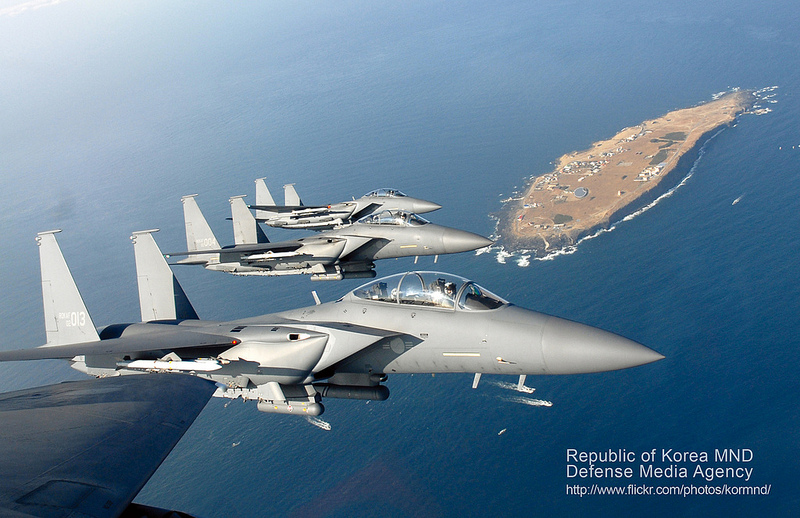
It’s clear that North Korea’s expanding military capabilities now include not only ever more capable and far-reaching ballistic missiles, but also an array of drones that, while typically fairly unsophisticated, could sow confusion simply through their overwhelming weight of numbers. Added to this is North Korea’s ancient but still prolific air force, which includes slow-flying An-2 biplanes that could insert special forces deep inside South Korea. These old and slow planes are also far from easy targets for air defenses.
All in all, the kinds of weapons and tactics that North Korea could bring to bear in the opening stages of a cross-DMZ conflict, as well as Pyongyang’s willingness toward provocative actions that fall just short of all-out aggression, mean that modernization of South Korea’s armed forces is likely to remain a top priority for the time being.
Contact the author: thomas@thedrive.com
